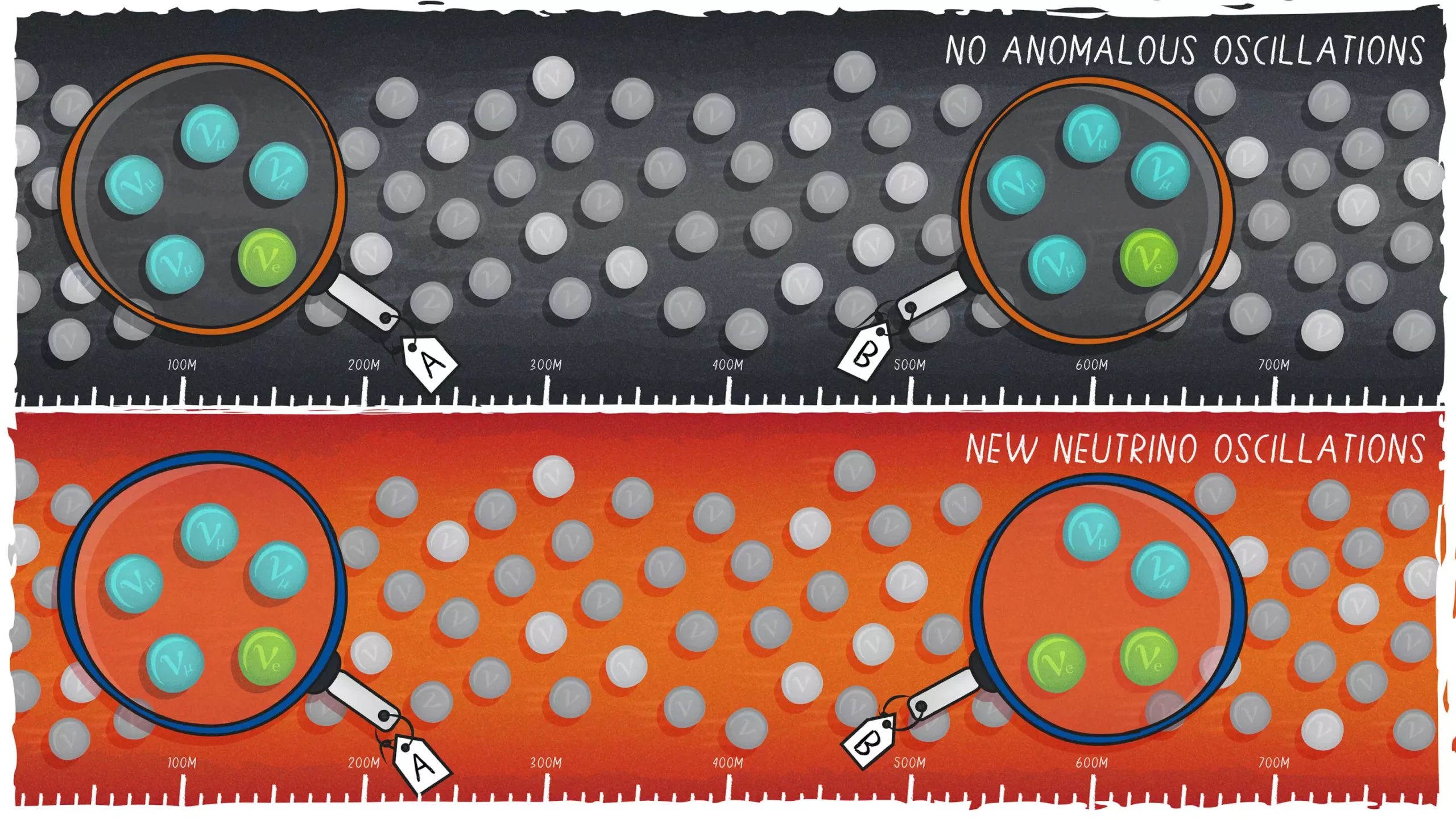Scientists at Fermi National Accelerator Laboratory have recently made a groundbreaking discovery by detecting the first neutrino interactions at the Short-Baseline Near Detector (SBND). This discovery marks a significant milestone in the field of particle physics and opens the door to new possibilities in our understanding of the universe.
The Significance of Neutrinos
Neutrinos, the second most abundant particles in the universe, have long been a source of intrigue for scientists due to their elusive nature. These particles interact only through gravity and the weak nuclear force, making them incredibly challenging to study. The detection of neutrinos at SBND provides researchers with a valuable opportunity to explore the properties and behavior of these mysterious particles.
A Decades-Old Mystery
The detection of neutrinos at SBND is a crucial step in solving a longstanding mystery in particle physics. The Standard Model, while a well-tested theory, is known to be incomplete. Observations from previous experiments have hinted at anomalies that may suggest the existence of a new type of neutrino. By studying the interactions of neutrinos at SBND, scientists hope to shed light on these anomalies and uncover new physics beyond the Standard Model.
The success of the SBND project is a testament to the collaborative efforts of an international team of physicists and engineers from various countries, including Brazil, Spain, Switzerland, the United Kingdom, and the United States. This diverse collaboration has been instrumental in the planning, prototyping, and construction of the SBND detector over the course of nearly a decade.
The Role of SBND in the SBN Program
SBND plays a pivotal role in Fermilab’s Short-Baseline Neutrino (SBN) Program, alongside other detectors like ICARUS and MicroBooNE. By serving as the near detector for the program, SBND will provide valuable data on neutrino oscillation and help in the search for evidence of a potential fourth neutrino. The collaboration between SBND and ICARUS holds the promise of enhancing our understanding of neutrino physics and addressing longstanding questions in the field.
In addition to its contributions to the SBN Program, SBND has an exciting physics program of its own. Located close to the neutrino beam, SBND is expected to observe a high rate of neutrino interactions, offering researchers a wealth of data to study neutrino properties with unprecedented precision. This data will be valuable for future experiments, such as the Deep Underground Neutrino Experiment (DUNE), which rely on liquid argon detectors to study neutrinos.
While the primary focus of SBND is on studying neutrinos, the detector also has the potential to reveal new physics beyond the Standard Model. With its proximity to the particle beam, SBND may capture unexpected particles or phenomena that could provide insights into unresolved questions, such as the nature of dark matter. Researchers are eager to explore these possibilities and expand our understanding of the fundamental forces of the universe.
Looking Ahead
The detection of neutrinos at SBND marks the beginning of a new chapter in the field of particle physics. As researchers continue to operate the detector and analyze the data collected, they are poised to make further discoveries and advancements in our understanding of the universe. The collaboration between international partners and the dedication of scientists and engineers involved in the SBND project underscores the importance of teamwork and perseverance in pushing the boundaries of scientific knowledge.
The discovery of neutrinos at Fermilab’s Short-Baseline Near Detector is a significant achievement that opens up a world of possibilities for exploring the mysteries of the universe. By combining cutting-edge technology, international collaboration, and a spirit of curiosity and discovery, scientists at Fermilab are at the forefront of unraveling the secrets of the cosmos.


Leave a Reply